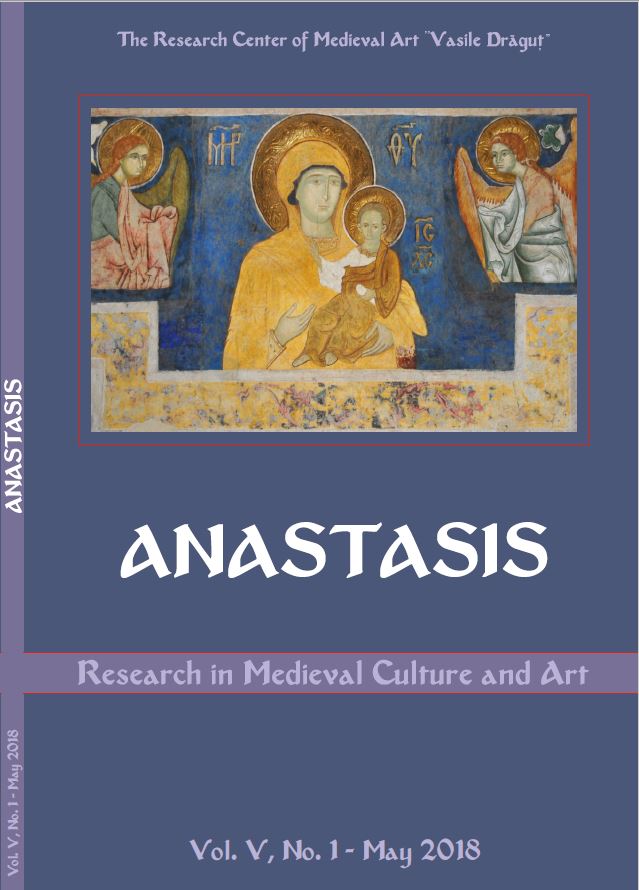Les inscriptions simulées de la peinture médiévale roumaine dans le contexte de l’art et de la pensée orthodoxes
Simulated Inscriptions of Romanian Medieval Painting in the Context of Orthodox Art and Thinking
Author(s): Constantin I. CiobanuSubject(s): History, Fine Arts / Performing Arts, Middle Ages
Published by: Editura ARTES
Keywords: Constantine of Kostenets; Patriarch Euthymius; Probota monastery; Simulated inscription; Slavonic literature; Târnovo School; Voronets
Summary/Abstract: The aim of the article is to establish the typology and the specificity of simulated inscriptions in the space of orthodox art, including the Romanian painting of the Middle Ages. From the point of view of the author, the simulated inscription represents an autonomous text, with historical and stylistical specificities, spatial and temporal well-defined coordinates, but without a signified in the world of the real representations possesses by the human language. There is a semantic difference between the notion of ornamental writing and that of simulated inscription. Although it is true that the stylistic peculiarities of simulated inscriptions often take on an ornamental or decorative form, yet, from a conceptual point of view, they are never reduced to the decorative role that some researchers attribute to them. In most cases, they also involve simulacrum or even waiting for a possible reading. Due to the huge distance between the Romanian language, spoken by most of the population, and the Slavonic language used by the scholars (bigger than the distance between the Serbian, Bulgarian or old’s Russian and the same Slavonic language!), was favored the process of abstraction of the “written word” and its polarization towards “the spoken word”, the role of simulated inscriptions increasing in this process.
Journal: Anastasis Research in Medieval Culture and Art
- Issue Year: V/2018
- Issue No: 1
- Page Range: 7-37
- Page Count: 31
- Language: French

